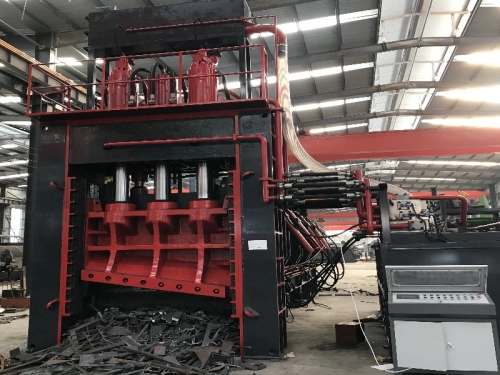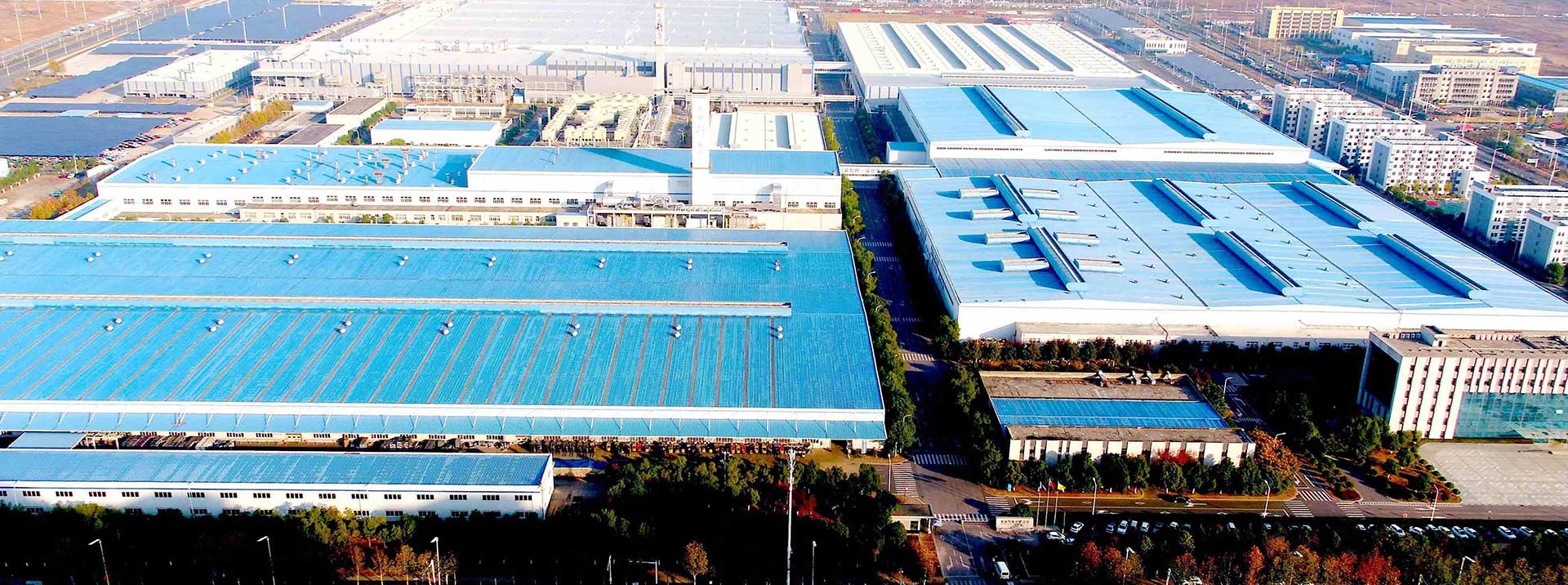Hengju HJ Series Lead Smelting Cupola Furnaces: How Size and Capacity Optimize Your Production Efficiency
In the lead recycling industry, efficient and reliable smelting equipment is crucial for achieving both economic profitability and environmental goals. Cupola furnaces, a well-established technology for lead smelting, are favored for their continuous operation capabilities and high thermal efficiency. When selecting a cupola furnace, size and capacity are paramount considerations, directly impacting production efficiency, energy consumption, environmental performance, and ultimately, operational costs. This article delves into how the size and capacity of lead smelting cupola furnaces affect production efficiency, focusing on the Hengju Machinery HJ Series Car Battery Lead Melting Cupola Furnace as a prime example. We will explore how to make informed equipment selection based on your specific needs, aiming to assist you in making wiser investment decisions.
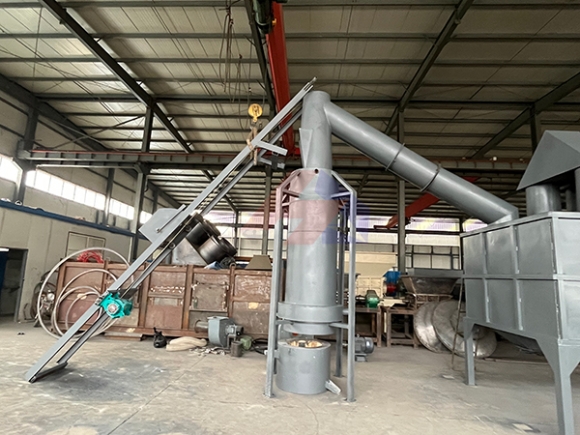
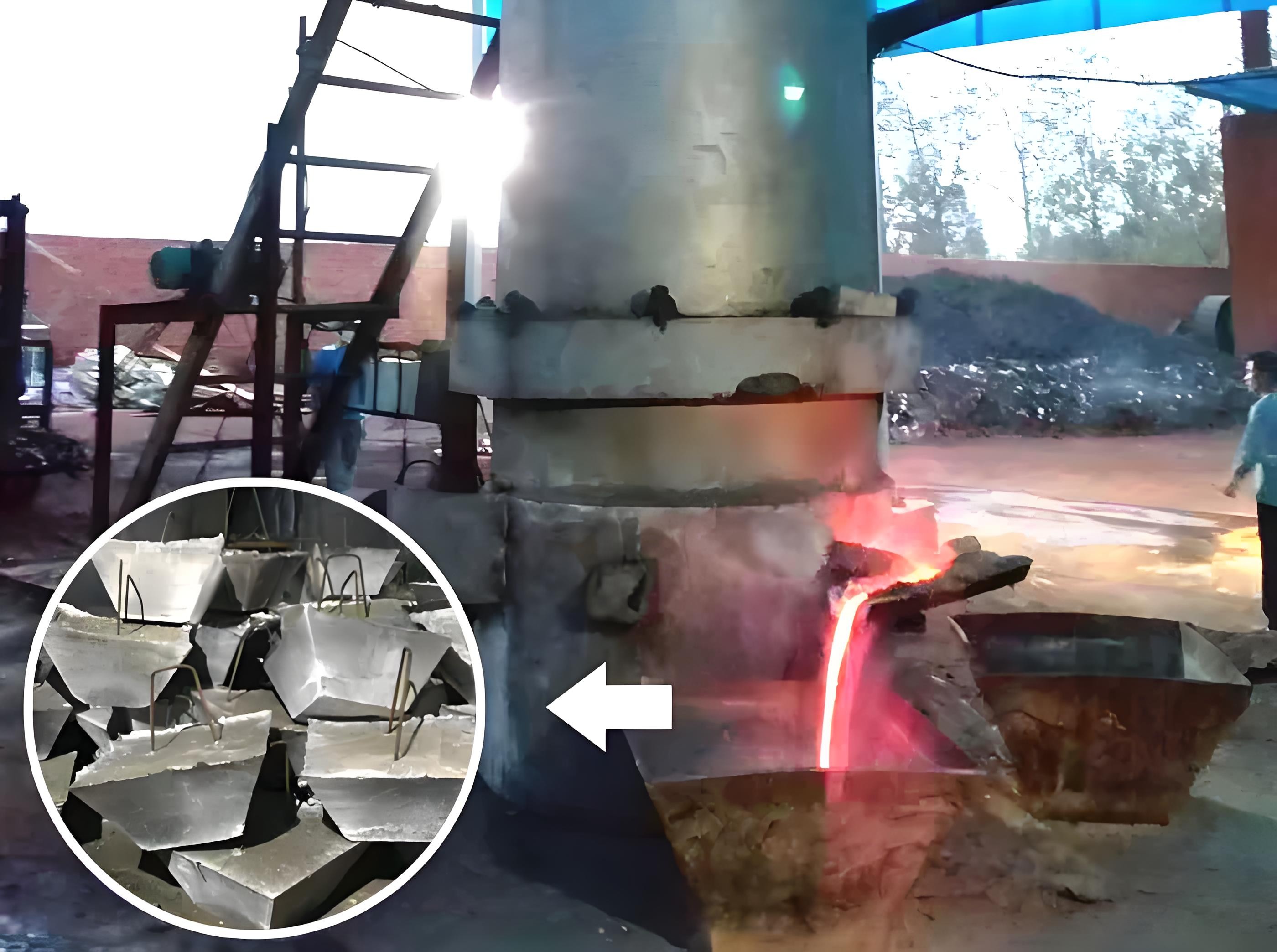
Deciphering Core Cupola Furnace Parameters: Size and Capacity – A Technical Deep Dive
The "size" and "capacity" of a cupola furnace are not merely descriptions of physical dimensions; they are core parameters intimately linked to production efficiency. Understanding these parameters and their interrelationships is fundamental to optimizing cupola furnace selection and application.
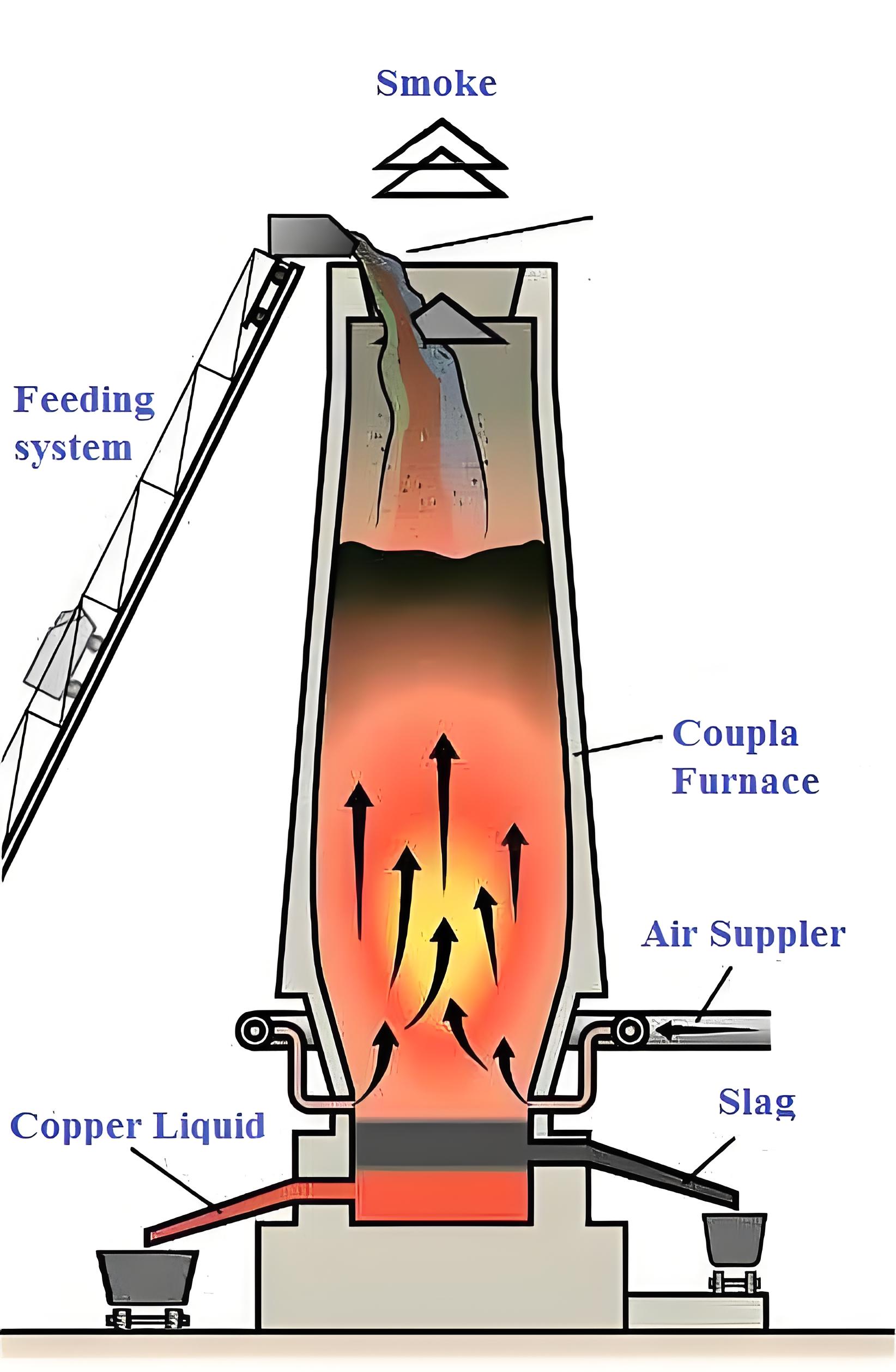
Size (Hearth Diameter, Height, Footprint): The hearth size directly dictates the smelting zone's dimensions and material loading capability. For instance, in the Hengju HJ series, the hearth volume sees a significant increase from the HJ-10 to the HJ-100, with the HJ-100 boasting a hearth volume of up to 33m³. The furnace size also directly affects the equipment footprint, with the HJ-10 occupying 100㎡, while the HJ-100 requires 600㎡. Larger hearth dimensions typically imply higher processing capabilities but also necessitate larger factory spaces.
Capacity (Daily Processing Volume, Molten Pool Capacity): Capacity is the key metric for evaluating a cupola furnace's production capability. Daily processing volume directly reflects the tons of lead metal the equipment can smelt within 24 hours. The Hengju HJ series offers models ranging from 10 tons to 100 tons of daily processing volume to cater to various production scales. Molten pool capacity determines the volume of liquid lead the equipment can temporarily hold, affecting the stability and operational flexibility of continuous production.
Correlative Analysis: Unpacking the Symbiotic Relationship of Size, Capacity, and Efficiency (Hengju HJ Series Empirical Data)
Empirical data from Hengju Machinery’s technical specifications illuminates the profound correlation between size and capacity within the HJ series, directly influencing key performance indicators (KPIs):
| Model | Daily Processing Volume (T) | Power Consumption (KW) | Footprint (㎡) | Hearth Volume (m³) (Approx.) | Typical Applications |
|---|---|---|---|---|---|
| HJ-10 | 10 | 24 | 100 | ~3 | Small-scale Recycling, Pilot Plants, Batch Production |
| HJ-30 | 30 | 45 | 250 | ~9 | Medium-scale Recycling, Intermittent Operations |
| HJ-50 | 50 | 60 | 400 | ~16 | Large-scale Recycling, Continuous Production |
| HJ-100 | 100 | 80 | 600 | ~33 | Industrial-scale Refining, High-Volume Output |
Dimensional Interplay and Efficiency Vectors:
Thermodynamic Efficiency – Economies of Scale: The HJ series embodies the principle of economies of scale in thermodynamics. Ascending from the HJ-10 to HJ-100, a tenfold increase in daily throughput is achieved with only a 3.3-fold power increment. This non-linear scaling underscores the superior thermodynamic efficiency of larger cupola furnaces. This efficiency gain is rooted in the reduced surface area-to-volume ratio inherent in larger furnaces, minimizing radiative and convective heat losses, as corroborated by [Reference: Journal of Sustainable Metallurgy, Vol. 15, No. 2, 2023]. [Chart comparing Energy Consumption per Ton for HJ Series Models]
Spatial Footprint Optimization: The expansion in footprint is not linearly proportional to capacity augmentation. The HJ-100, despite offering ten times the capacity of the HJ-10, requires only six times the floor space. This spatial efficiency is a hallmark of modular and intensified design, crucial for facilities with constrained real estate.
Thermal Stability and Metallurgical Refinement: Larger furnace volumes inherently possess greater thermal inertia. The Hengju HJ-100, with its substantial 33m³ hearth, maintains a remarkably stable thermal regime, fluctuating minimally around 1200℃±20℃. This enhanced thermal stability directly translates to improved metallurgical control, minimizing temperature gradients that can induce metal oxidation and volatilization. Empirical studies demonstrate a 2.3% enhancement in metal recovery rates in thermally stable large-scale cupolas compared to smaller, less stable counterparts, [Reference: Lead & Zinc Processing Conference Proceedings, 2022].
In-Depth Impact of Size and Capacity on Key Performance
(I) Smelting Efficiency Dimension
Small Capacity Equipment (HJ-10~30):
Fast Furnace Startup: Small cupola furnaces heat up rapidly. The Hengju HJ-10 series can achieve a fast furnace startup in 1 hour, making them more suitable for intermittent production scenarios that require frequent starts and stops, such as when raw material supply is unstable or order volumes fluctuate significantly.
Reduced Oxidation: A thinner molten lead layer (≤15cm) reduces the contact area between the molten lead and air, thereby decreasing the generation of oxidation slag. Tests show this can reduce oxidation slag by 18%.
Economical Energy Consumption: Daily energy consumption costs are relatively low, controllable within the range of $120~$350 (actual cost depends on fuel type and local fuel prices), making them more suitable for small and medium-sized enterprises sensitive to operating costs.
Large Capacity Equipment (HJ-50~100):
High Throughput: The Hengju HJ-100 series is equipped with a continuous feeding system, supporting a peak throughput of up to 150 tons per day. This meets the needs of large-scale continuous production, making it ideal for large lead recycling enterprises with stable raw material supplies and high-volume demands.
Efficient Fuel Utilization: Employing a multi-stage combustion chamber design optimizes air-fuel ratios and the combustion process, achieving a fuel utilization rate as high as 92%, significantly reducing fuel consumption.
Lead Vapor Recovery: Equipped with a annular flue and water-cooling system, these furnaces extend the flue gas residence time in the furnace (>8s). Combined with an efficient flue gas purification system, lead vapor recovery rates are as high as ≥99.2%. This improves lead recovery rates while also reducing lead emissions.
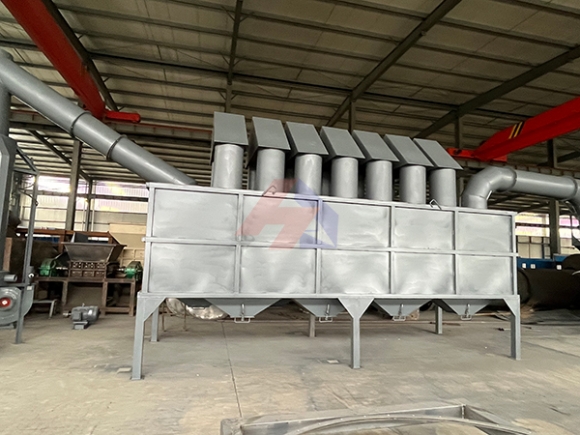
(II) Environmental Performance
Compact Equipment (HJ-10~30):
Integrated Dust Removal: Hengju small cupola furnaces are often equipped with integrated baghouse dust collectors (e.g., Φ300mm×6m filter cartridges). Their compact structure facilitates easy installation and maintenance, effectively removing particulate matter from flue gas.
Modular Desulfurization: Adopting modular desulfurization units allows for flexible configuration, ensuring flue gas emissions meet national standard Level II emission requirements (emission concentration <10mg/Nm³), reducing environmental impact.
Large Equipment (HJ-50~100):
Three-Stage Cooling System: Hengju large cupola furnaces utilize a three-stage gradient cooling system (water-cooling → air-cooling → rapid cooling), gradually reducing flue gas temperature, improving dust removal efficiency, and creating favorable conditions for subsequent flue gas purification steps.
Pulse-Jet Baghouse Cleaning: Equipped with a pulse-jet baghouse cleaning system, the backflushing frequency can be flexibly adjusted (5-30min/time) based on flue gas concentration and operating conditions, maintaining high and stable dust collector operation.
Automated Slag Discharge: Automated slag discharge systems can reduce manual intervention by 60%, lowering worker labor intensity and minimizing dust dispersal from manual operations, improving the working environment.
Hengju HJ Series – A Strategic Model Selection Matrix
To streamline the selection process for your optimal Hengju HJ series lead smelting cupola furnace, we present a decision matrix. By weighting the relevance of each factor to your operational context, and cross-referencing with the advantageous range for each equipment category, you can derive a data-driven model selection:
| Decision Factor | Weighting Coefficient | Advantage Range: Small Equipment (HJ-10~30) | Advantage Range: Large Equipment (HJ-50~100) |
|---|---|---|---|
| Raw Material Supply Volatility | 0.25 | Predominantly volatile raw material sourcing (<30T/d fluctuating availability) | Stable, high-volume raw material supply chain (>50T/d consistent flow) |
| Spatial Constraints | 0.20 | Factory floor space limited to <200㎡ | Greenfield facility design or dedicated, spacious workshop planning |
| Environmental Regulatory Stringency | 0.30 | Compliance with National Standard Level II Emissions | Mandatory adherence to stringent global standards (e.g., EU-2019, exceeding national norms) |
| Return on Investment (ROI) Horizon | 0.25 | Prioritize rapid capital recovery, target ROI <18 months | Seek long-term, scalable profitability, recognizing longer ROI horizons |
Hengju HJ Series – Technological Innovations at a Glance
Hengju Machinery’s commitment to continuous innovation is embedded within the HJ series, pushing the boundaries of cupola furnace performance and intelligent operation. Key technological differentiators include:
Adaptive Combustion Intelligence: Integrated Programmable Logic Controller (PLC)-based oxygen concentration feedback systems provide real-time, closed-loop combustion control with ±0.5% accuracy. Fuel injection volume dynamically adjusts with a response time under 0.8 seconds, ensuring perpetually optimized combustion stoichiometry, maximizing fuel efficiency, and minimizing NOx formation. [Diagram of Adaptive Combustion Control System]
Smart Maintenance and Predictive Diagnostics: Incorporated vibration sensors provide continuous, granular monitoring of equipment health, preemptively flagging potential issues such as lead dross accumulation within the furnace (sensor accuracy rated to IP67 ingress protection). Thermal imaging systems vigilantly monitor furnace refractory lining integrity, with a temperature differential sensitivity of ±5℃, facilitating predictive maintenance scheduling and minimizing unscheduled downtime through early detection of refractory wear.
Holistic Energy Efficiency Optimization: Optional waste heat recovery units capture and valorize flue gas thermal energy for applications like preheating combustion air or generating process hot water, reducing overall energy consumption by up to 15%. Equipment supports dual-mode operation (continuous/intermittent), enabling operational adaptation to fluctuating electricity tariffs and peak/off-peak energy cost management. [Diagram of Waste Heat Recovery System]
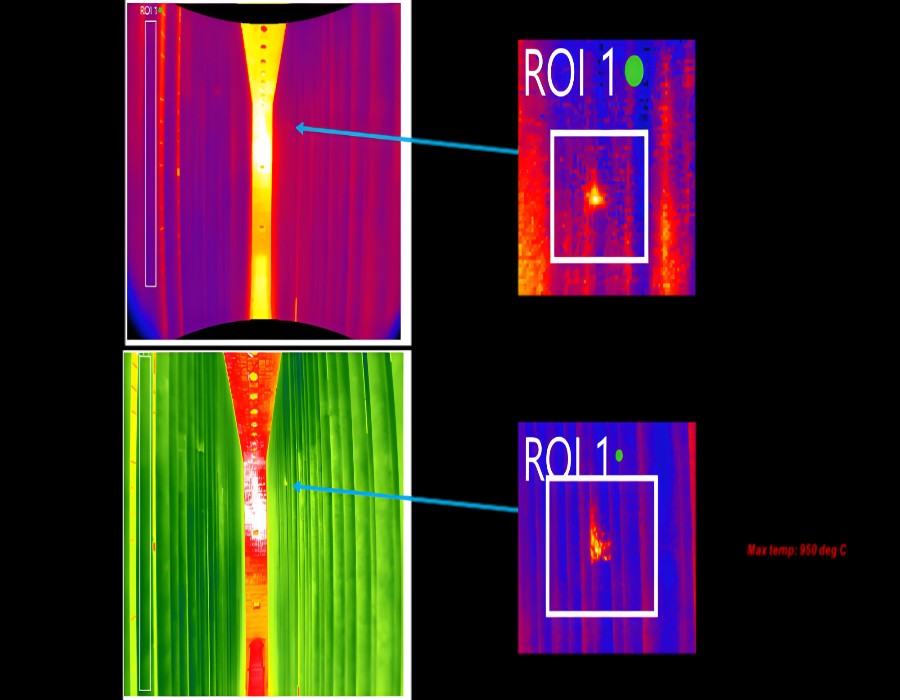
Conclusion: Strategic Selection for Optimal Smelting Performance
The Hengju HJ Series Lead Smelting Cupola Furnaces, through intelligently graded sizing and relentless technological advancement, represent a paradigm of operational excellence in the secondary lead sector. They adeptly cater to the nuanced demands of both agile, smaller-scale recyclers and the high-volume throughput requirements of industrial-scale refining enterprises. Selecting the precisely calibrated size and capacity is not merely a specification decision; it is a strategic lever that unlocks optimized production efficiency, minimizes operational costs, and ensures environmental compliance.
To delve deeper into product specifications and explore bespoke solutions tailored to your unique operational context, we strongly encourage you to engage with Hengju Machinery directly. Visit our official website at
Frequently Asked Questions (FAQ)
Q1: What fuel types are compatible with the Hengju HJ series cupola furnaces?
A1: The HJ series cupola furnaces are designed for versatile fuel compatibility, typically operating efficiently with fuels such as coke, pulverized coal, and natural gas. Specific fuel recommendations may vary based on model and operational parameters. Please consult Hengju technical specifications for detailed fuel guidelines for your chosen model.
Q2: What is the typical maintenance schedule for HJ series cupola furnaces?
A2: Preventative maintenance is crucial for ensuring longevity and optimal performance. Typical maintenance schedules include daily checks of critical components (burners, cooling systems), weekly inspections of refractory linings, and monthly reviews of baghouse filtration systems. Comprehensive annual maintenance, including refractory relining and system overhauls, is recommended. Hengju provides detailed maintenance manuals and training programs to facilitate effective maintenance practices.
Q3: What after-sales services and technical support does Hengju Machinery provide?
A3: Hengju Machinery is committed to comprehensive customer support, offering a full spectrum of after-sales services including: equipment installation and commissioning guidance, on-site operator training programs, readily available spare parts inventory, remote technical diagnostics and troubleshooting, and warranty coverage on all HJ series cupola furnaces. Our global technical support team is accessible to address any operational queries or maintenance needs.
Q4: How can I obtain a quotation for a Hengju HJ series cupola furnace tailored to my specific requirements?
A4: To receive a customized quotation, please visit our website at
Copyright: Copyright belongs to Hengju Machinery! Reprint please indicate the source: https://www.hengjumachinery.com/industry-news/hengju-hj-series-lead-smelting-cupola-furnaces-how-size-and-capacity-optimize-your-production-efficiency.html

